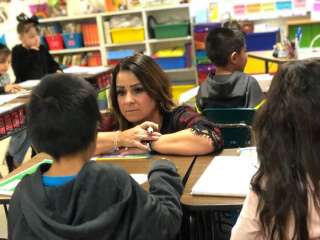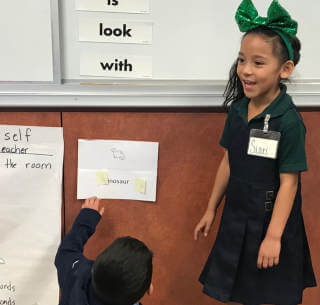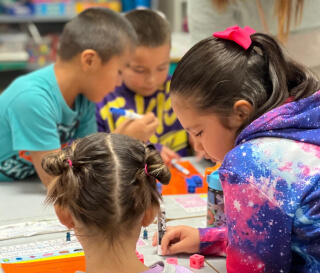Being able to work effectively with non-native English speakers is critical in making sure that all students are set up for success.
TESOL Trainers, Inc. provides experiential professional development which show teachers concrete strategies they can use to scaffold their ELLs to success.

The need for qualified English Language teachers in our K-12 schools has never been greater. There is a constant and growing population of public-school students whose native language is something other than English. There is also a constant and growing pressure to provide these students with the foundations that they need to succeed in mainstream classrooms. A quick review of the Common Core Standards highlights the challenges ELLs face in meeting these standards.
Within school districts and school boardrooms, lies an effort to increase the proficiency level of ELs {English learners} as quickly and as effectively as possible. Over the years, educators have become increasingly aware of the differences between social language and academic language as well as the role they both play in supporting ELs. The same can be said for the role culture plays in the classroom.
While research clearly points to time as a factor in helping ELs acquire adequate social and academic language, there are also increasing attention being paid to models that support language learning in the most effective and efficient manners™.

There are many strategies that regular content area teachers can use to support English Learners as they grapple with the language and content of the class. Here are few strategies that set Els and all students up for success:

TESOL Trainers can transform how your K-12 teachers work with the Multilingual Learners in their classrooms. Contact Dr. John Kongsvik, the Director of this Education Consulting company for more details.
Become part of our TESOL network and gain access to valuable content!